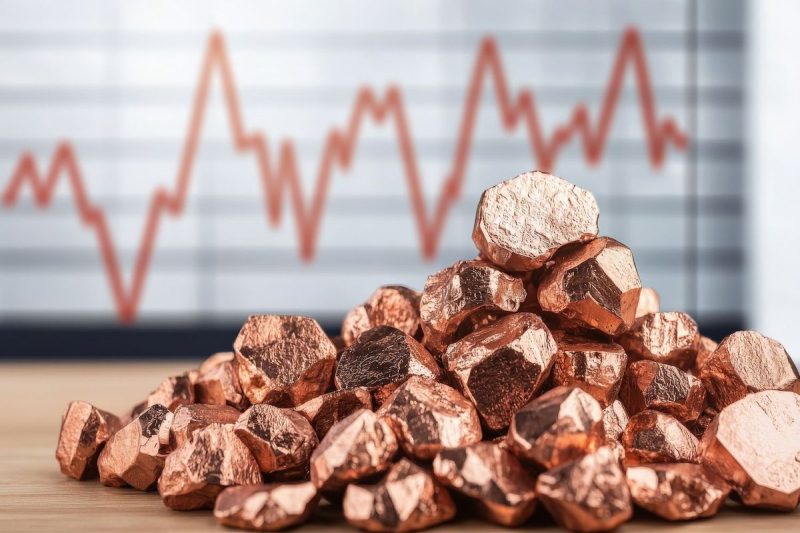A reclusive Chinese tycoon has gained attention by once again defying the tide — this time shifting from gold to copper in a massive, calculated bet that’s reportedly worth nearly US$1 billion.
Bian Ximing, a soft-spoken plastics billionaire, has emerged as China’s biggest copper bull. Through his brokerage firm Zhongcai Futures, he now holds the largest net long position in copper futures on the Shanghai Futures Exchange.
According to bourse data uncovered by Bloomberg and individuals familiar with the matter, Bian’s stake — comprising nearly 90,000 metric tons worth of copper futures — is unmatched in China’s commodities market.
The 61-year-old investor is no stranger to bold contrarian plays. In 2023 and 2024, Bian’s timely gold investments netted an eye-popping US$1.5 billion profit as global fears about inflation and the US dollar drove bullion to record highs.
This time around, Bian appears to be wagering on copper’s critical role in the global energy transition, plus China’s pivot to high-tech industry and anticipated volatility in US-China trade relations.
Unlike many traders who retreated amid tariff tensions and fears of a global slowdown, Bian doubled down. Multiple people familiar with his strategy say he began shifting from a short to a long copper position just before the US election in November 2024, anticipating Donald Trump’s win and the economic stimulus such a victory might unleash.
He escalated his copper purchases starting in January of this year, eventually reaching a peak position of 40,000 lots — or 200,000 metric tons — by April. The bet has already paid dividends. Bloomberg estimates that Zhongcai’s copper trade has generated approximately US$200 million in profits to date. As of April’s end, Bian held no short positions in copper.
While Bian and Zhongcai declined to comment on this trade, much of the billionaire’s thinking is traceable to his sporadic yet widely followed investment blog posts, which offer a glimpse into his disciplined philosophy.
In January he wrote about the importance of letting go of ego to choose the right targets: “When choosing targets, focus on trends. When implementing projects, focus on timing. When maintaining projects, focus on costs.”
Bian’s investment journey defies easy categorization. Born in 1963 in Zhuji, a town in Zhejiang province, he came of age in the aftermath of Mao Zedong’s Great Leap Forward. His education was interrupted by the Cultural Revolution, but he eventually graduated from a vocational school linked to China’s central bank in 1985.
A decade later, he launched a plastic tubing factory that became the foundation of a sprawling industrial and financial empire with assets in Europe, the US, and India.
In 2003, Bian acquired the brokerage that would become Zhongcai Futures and quietly pivoted into commodities trading.
Bian now resides in Gibraltar, far from the trading floors of Shanghai, and manages his team remotely, conducting business largely through video calls. Nonetheless, his presence in Chinese markets looms large — especially among those who view him as a rare hybrid of western-style hedge fund strategist and Chinese industrialist.
That discipline has served him well, even as the copper market has become increasingly unpredictable.
In the past few months, copper prices have surged amid speculation about global tariff tensions, tightening global supply and the metal’s indispensable role in clean energy infrastructure. Analysts have predicted that prices for the metal could reach US$12,000 to US$13,000 per metric ton, compared to the current level of around US$9,500.
But volatility remains high. Copper briefly plunged last month following tariff threats from Washington — though Bian’s Shanghai-focused positions were shielded by a national holiday that closed domestic markets.
Some of his investors, rattled by the trade war, have since pulled out. Yet Bian has reportedly increased his own stake in response, signaling confidence in China’s economic resilience and the structural demand for copper.
“There are traps and opportunities everywhere — opportunities in risks and traps in opportunities,” he wrote in a blog post last year. “Investment is essentially a game of survival.’
Securities Disclosure: I, Giann Liguid, hold no direct investment interest in any company mentioned in this article.

